The 7 Types of Plastic You Need to Know (And How to Recycle Them)

This post first appeared in our weekly Make Waves Mondays email series on July 10, 2023.
Hey there, friend! It’s officially the second week of Plastic Free July and, man, do I love this month.
Every year I participate in the Plastic Free Ecochallenge, and every year I love it more and more because it forces me to notice what’s happening around me.
✨ The first of 6 R’s of Zero Waste is Rethink, after all.
This year, when I first joined the challenge, I marked the action to “bring your own mug” as something that I already do.
But then, on July 1, I was craving a frappuccino something fierce and was so excited to head over to Starbucks to grab one on my way to pick up some product for A Drop in the Ocean. I was immediately struck with the realization that I couldn’t remember the last time I actually took my own cup to Starbucks… 😳
Unfortunately, the Starbies closest to my home doesn’t allow personal cups, and I’d just gotten used to that without even realizing it! (I always have a reusable straw on me, though.)
But because of the Plastic Free Ecochallenge I became aware of it, unmarked that action as something I already do, and added it to my actions list for the month.
Now, every time I want a frappuccino (because it’s summer and I’m completely hooked on them all summer long), I remember to grab a mason jar and glass straw before heading out the door. And if I’m out and about and notice myself craving that sweet chocolatey coffee goodness, but don’t have a cup with me, it’s a no-go on the frappuccino ✌

So if you haven’t yet joined me over on the Columbus Zoo team in the Plastic Free Ecochallenge, run (don’t walk) over there now.
Go ahead, I’ll wait…
And here’s the best thing about the Plastic Free Ecochallenge… It’s not about being 100% plastic-free. It’s about taking small actions when you can, where you can, when you can to reduce single-use plastics in your life.
YOU get to choose which actions you want to take. And as you complete those actions, you get to watch your impact add up over time - and watch our collective impact add up, too.
I mean, just look at these numbers from the first 9 days of the challenge…

It’s so freaking empowering and I would LOVE to have you join us.
And in honor of Plastic Free July, this month’s blog posts are focusing completely on plastics and recycling.
Recycling is not the solution to our waste crisis, but it’s often touted as such, and last week we chatted all about the history of recycling in the US, who the loudest voices in the room are and why they’re telling us to recycle more, and what the chasing arrows recycling symbol really means.
This week, we’re expanding on the chasing arrows symbol and what that little number inside the symbol means.
I’m gonna try to keep this one short[er], so if you haven’t checked these other blog posts out yet, they’ll also be great resources to check out alongside this one:
♻️ What Exactly Does the Chasing Arrows Recycling Symbol Mean?
♻️ The 5 Things You Need to Know to Recycle Right
♻️ 5 Common Recycling Myths, Debunked
♻️ Is Bioplastic the Answer We’ve Been Looking For?
♻️ The Ultimate History of Single-Use Plastics
Now, let’s dive into it!
What are the numbers on the bottom of plastics?
The number inside the chasing arrows symbol on the bottom of your plastic water bottle isn’t actually a recycling symbol. It’s a ‘resin identification code.’
This number identifies what type of plastic the item is made of.
The numbers are #1-7, and, unfortunately, they’re not all straightforward, and don’t always mean the item is recyclable.
✨ A chasing arrows recycling symbol ≠ a product is recyclable. ✨
So what do each of these numbers represent and how recyclable are they?
Because the last thing we want to do is contaminate our recycling bins by wishcycling!
Plastic #1: PET (Polyethylene terephthalate)

Where you’ll find it: PET is typically a clear, relatively sturdy plastic used for things like beverage bottles, mouthwash bottles, condiment bottles, peanut butter jars, etc.
Is it easily curbside recyclable? PET is one of the most commonly accepted plastics. There is a relatively high demand for PET in the recycling market, so most curbside recycling programs will accept empty, clean, and dry PET bottles and jars.
What can it be recycled into? PET is often recycled into fleece jackets, carpets, tote bags, paneling, auto parts, rope, and sometimes new PET bottles and jars (although not on a 1:1 ratio).
How to avoid it:
- Look for refillable or unpackaged household products like all-purpose cleaner, dish soap, hand soap, and mouthwash.
- Carry a reusable water bottle.
- Shop the bulk section of your grocery store whenever possible.
- Choose products packaged in glass, aluminum, or cardboard instead of plastic (but beware of Tetra-Pak cartons!)
Plastic #2: HDPE (High-density polyethylene)

Where you’ll find it: HDPE is an opaque, typically hard rigid plastic, used for things like milk jugs, laundry detergent jugs, shampoo bottles, some grocery bags, and kids toys.
Is it easily curbside recyclable? HDPE is one of the most commonly accepted plastics - although typically only for bottle-shaped things. Grocery bags are not accepted in most curbside recycling programs, and I’ve yet to see a recycling program that accepts kids toys.
What can it be recycled into? HDPE is often recycled into park benches, plastic lumber, pens, non-food bottles, floor tiles, and recycling bins.
How to avoid it:
- Look for refillable or unpackaged household products like laundry detergent and shampoo and conditioner.
- Carry a reusable shopping bag - and not just to the grocery store! Keep them in your car so you don’t forget them!
- Look for milk and other beverages in glass or aluminum.
- Choose toys made from natural materials, or pre-loved toys from thrift shops, Buy Nothing Groups, or friends and family.
Plastic #3: PVC (Polyvinyl chloride)

Where you’ll find it: PVC is incredibly durable and often associated with PVC pipes, but it’s also used in things like shower curtain liners, vinyl, inflatable pool toys, siding, bubble wrap, cling wrap, and kids toys.
Because PVC contains chlorine, phthalates, and plasticizers, there are several known health concerns associated with it, including endocrine disruption. PVC should never be used with heat or burned.
Is it easily curbside recyclable? PVC is rarely accepted in curbside recycling.
What can it be recycled into? PVC is often recycled into pipes, decks, and siding.
How to avoid it:
- Choose shower curtain liners made from natural materials.
- Store leftovers in mason jars, glass Pyrex containers, or reusable beeswax wraps instead of cling wrap.
- Choose toys made from natural materials, or pre-loved toys from thrift shops, Buy Nothing Groups, or friends and family.
Plastic #4: LDPE (Low-density polyethylene)

Where you’ll find it: LDPE is typically used for thin grocery bags and bread bags, as well as the waterproof lining in paper coffee cups and Tetra-Pak cartons, and squeezable bottles.
Is it easily curbside recyclable? LDPE is rarely accepted in curbside recycling.
What can it be recycled into? LDPE is often recycled into furniture, flooring, decks, paneling, and shipping envelopes.
How to avoid it:
- Make your coffee or tea at home, or bring your own cup when getting coffee on the go.
- Look for milk and other beverages in glass or aluminum.
- Carry a reusable shopping bag. Keep them in your car so you don’t forget them!
- Buy bread from a local bakery or the bakery section of your grocery store and use your own cloth bag. Or learn to make your own!
Plastic #5: PP (Polypropylene)

Where you’ll find it: PP is typically used for tubs for things like yogurt and butter, Tupperware containers, medicine bottles, straws, bottle caps, and in the liners of menstrual pads, tampons, and diapers.
Is it easily curbside recyclable? PP is rarely accepted for recycling. When PP is accepted, it’s typically only tubs. Always check with your local recycling center to confirm what is and is not accepted for recycling!
What can it be recycled into? PP is often recycled into brooms, brushes, rakes, ice scrapers, and bicycle racks.
How to avoid it:
- Some PP cannot be avoided, such as medicine bottles. Medical waste is always an exception to “zero waste.” Listen to your doctor, take your meds, and don’t feel guilty about it.
- Look for dairy products in glass. (One of my Plastic Free Ecochallenge actions this year is to try to make my own yogurt!)
- Store leftovers in mason jars, glass Pyrex containers, or reusable beeswax wraps instead of Tupperware containers.
- Say “no thanks” to plastic straws whenever possible.
- Invest in reusable pads, period undies, or a menstrual cup.
Plastic #6: PS (Polystyrene)

Where you’ll find it: PS can be found in a rigid form for things like takeout containers, cups, plates, bowls, and utensils, or in its lighter form, Styrofoam, as packing peanuts, trays for packaged raw meats, egg cartons, and insulated coffee cups.
Polystyrene is well-known to contain and release toxic chemicals. Please try to avoid using polystyrene as much as possible, ESPECIALLY for food- and drink-related purposes.
Is it easily curbside recyclable? PS is rarely [basically never] accepted for recycling. Its lightweight form makes it fragile and easily breakable, which not only makes it difficult to recycle, it’s also extra likely to end up in our waterways and oceans as microplastics, and should be avoided whenever possible.
What can it be recycled into? When it is actually recycled, PS can be recycled into picture frames, desk organizers, insulation, and egg cartons.
How to avoid it:
- Carry out leftovers from restaurants in your own reusable mason jars, glass Pyrex containers, or stainless steel containers.
- Carry a set of reusable utensils with you to avoid disposable.
- Make your coffee or tea at home, or bring your own cup when getting coffee on the go.
- Opt for “real” dishes instead of disposable. Throwing a party? Check out our zero waste party guide!
Plastic #7: Other

Where you’ll find it: Plastic #7 is a catch-all category for ANYTHING that doesn’t fall into any of the #1-6 categories - including bioplastics and BPA. It can include car parts, baby bottles, sunglasses, CDs and DVDs, and multi-layer food bags.
Is it easily curbside recyclable? Plastic #7 is basically never accepted for recycling, because there’s no regulation around what the things are actually made of. If you see something with a Plastic #7 designation, it’s landfill-bound.
Yes, all those “compostable” cups and utensils organizations and companies love to use and brag about for reducing their waste are nearly always trash. Some cities may have access to industrial composting that can accept them, but most do not. Always check your city’s guidelines! (But never, ever, put them in the recycling bin. Never.)
How to avoid it:
- Sometimes Plastic #7 can’t be avoided (take a look at all the electronics around you right now), but by shopping secondhand and not rushing to replace your electronics every time a new model is released, you can help reduce demand for new #7 plastics.
- Carry out leftovers from restaurants in your own reusable mason jars, glass Pyrex containers, or stainless steel containers.
- Carry a set of reusable utensils with you to avoid disposable.
You may have noticed…
That even though 6 out of 7 of these types of plastic can theoretically be recycled into something else, none of them can be recycled into the same thing again.
So even though Plastic #1 and #2 are widely accepted for recycling, we’re not actually reducing demand for new, virgin plastics when we recycle them.
Like we talked about last week, it’s the plastic manufacturers themselves that are most vocal about consumer recycling. Because they know that if we keep recycling and feeling better about our waste, we’ll keep buying their products. (More on that in a future blog…)
In summary…
Recycling was never intended to be a solution to our waste problem, but I do truly believe that to be better consumers, we need to be armed with this kind of information.
So if you found this info helpful, will you do me a favor and forward it to someone else who could use this info?
Sign up for our email list to be the first to know when the Plastic Free Ecochallenge is back and to join our team!
(Learning about the plastic recycling numbers is an action you can choose in the challenge, too! You’re already doing the thing, why not make a game out of it?)
I’ll see you again next week for the next in our Plastic Free July blog series - all about wishcycling.
Related:
5 Common Recycling Myths, Debunked
How "green" are specialty recycling programs?
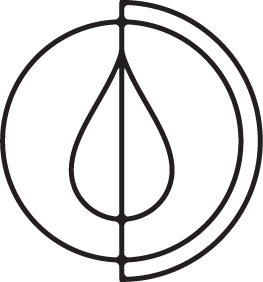

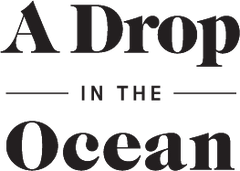



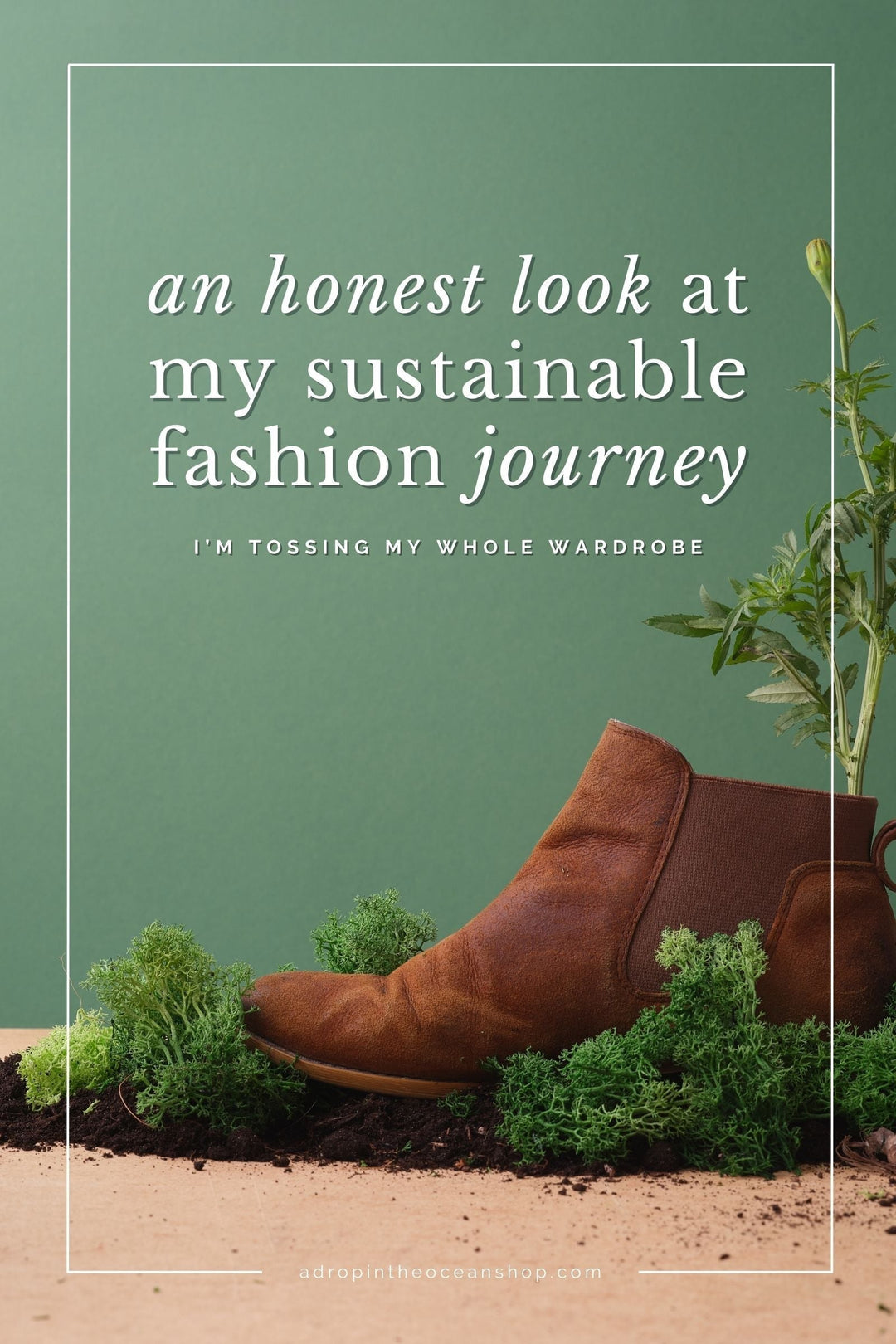
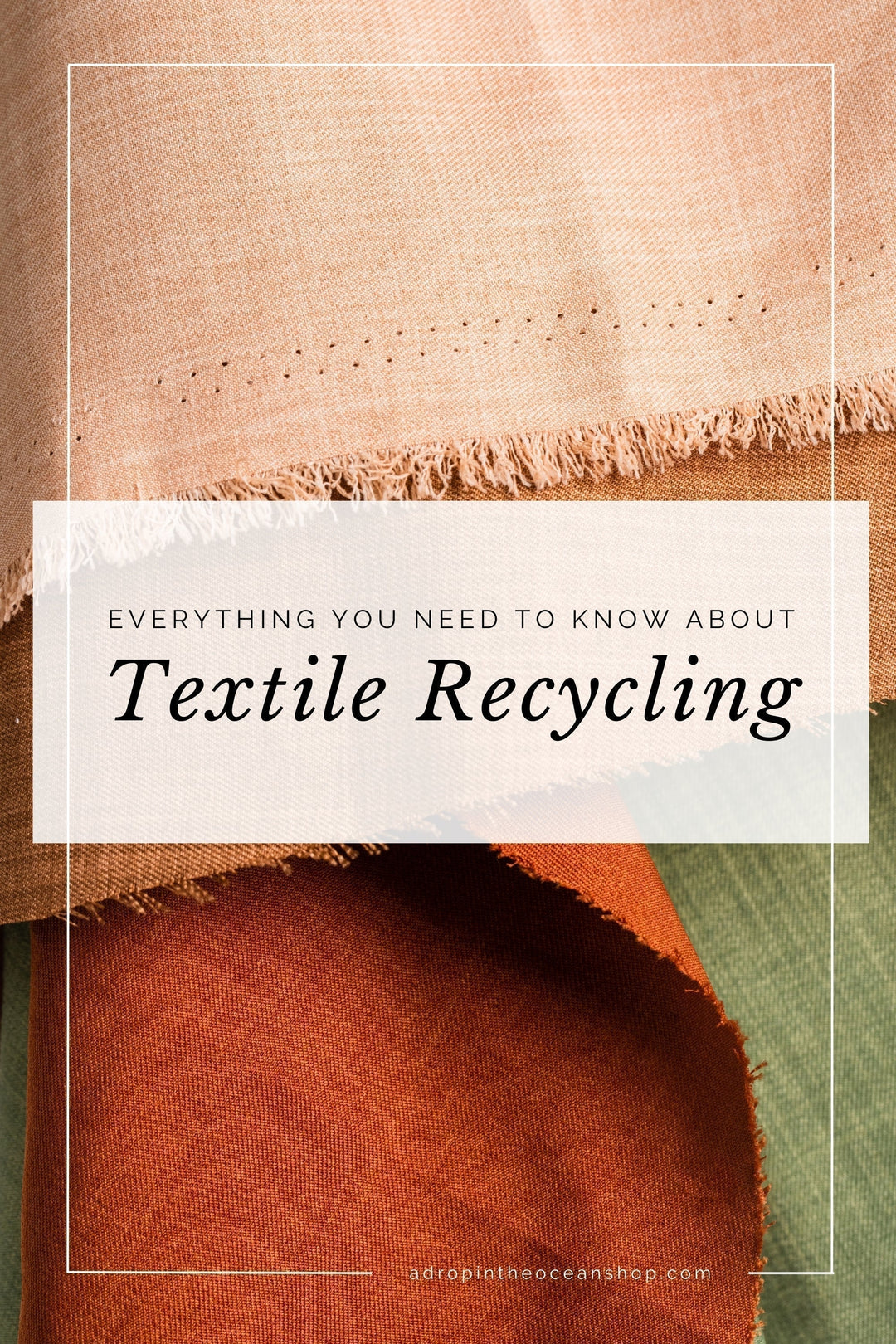
Leave a comment